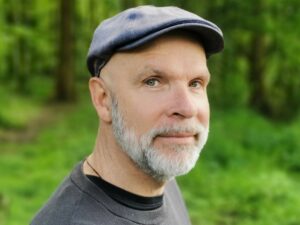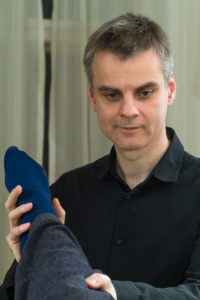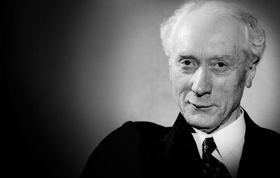Alexander-Technique Training Course Berlin
Hello, welcome to our site. We are Thomas Hoppe and Matthias Graefen and offer an internationally recognized Alexander Technique weekend training in Berlin.
The next start of the 3.5-year training course will be 06.09.2024. Until then, you can get to know our work without obligation on two Saturdays per month from 11 am to 3 pm. The cost is €30 per appointment.
Here are the provisional dates up to and including July
May 04, May 18, June 01, June 15, July 06 & July 20.



